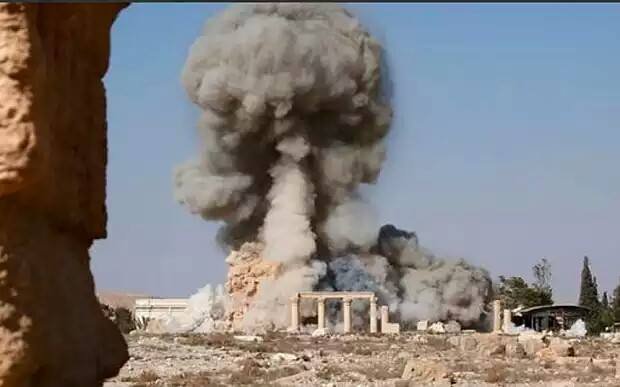HANOVER , N.H., Oct. 21 (UPI) -- The war-related looting of Syrian antiquities is typically blamed on the Islamic State, but other regional players are equally guilty, a scholarly study indicates.
An analysis by Dartmouth University scholars, published in the academic journal Near Eastern Archeology, reveals the Kurdish militant group YPG, the Syrian regime and other rebel organizations share responsibility for the pillaging of antiquities.















